|
By Stacey Severn
Identifying the top six female astronauts is a daunting task. So many outstanding women have made important contributions to human spaceflight, and we’ve gained remarkable insights from their efforts. It was difficult get the list down to just six.
Researching these wonderful women, I was humbled and awed. I finally whittled my shortlist down to the following six astronauts, listed in chronological flight order. They came from ordinary backgrounds like you and me, but they knew how to dream big and had the ambition to take it all the way. Valentina Tereshkova, “First Lady of Space”
|
SPOTLIGHTSMeet our Scientista Spotlights -- current-day women in STEM and women from science history -- and find your role model! Read opinion editorials and history pieces to get additional inspiration.
WHAT'S NEWYOU MIGHT ALSO LIKE
WHAT'S HOTCONNECT WITH USARCHIVES
June 2018
|
The Network for Pre-Professional Women in Science and Engineering
The Scientista Foundation is a registered 501(c)(3) -- Donate!

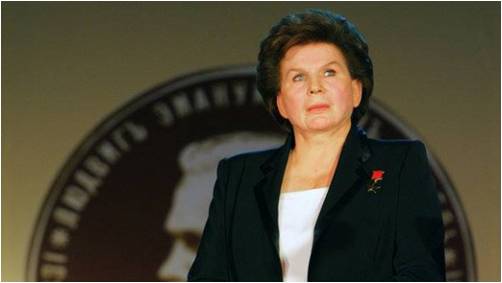
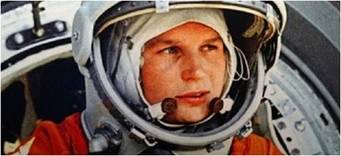
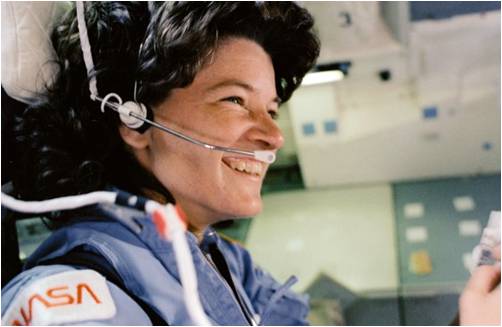
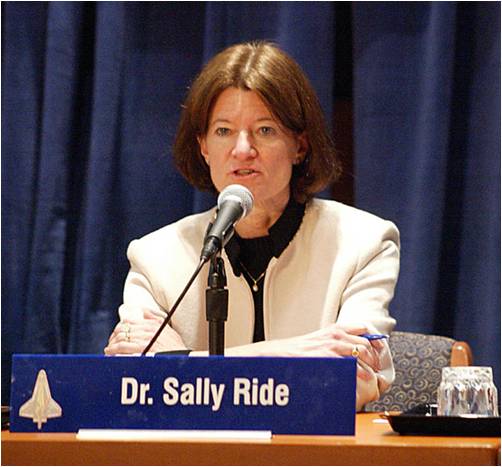
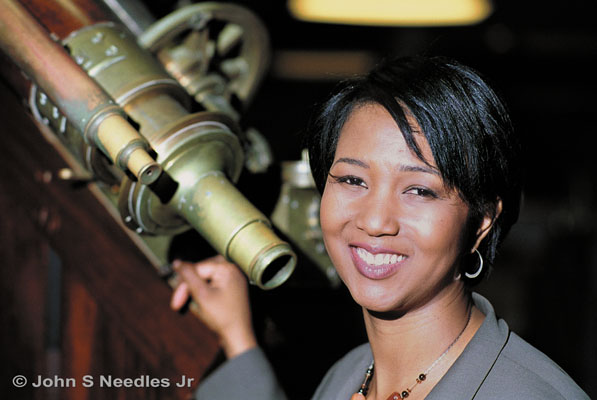
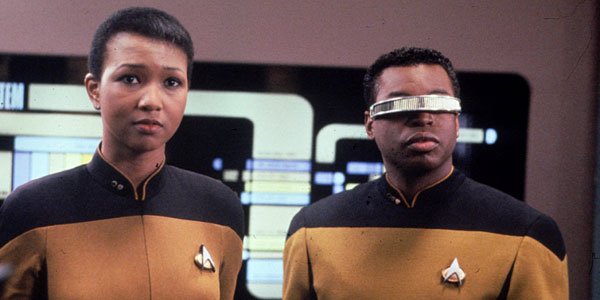
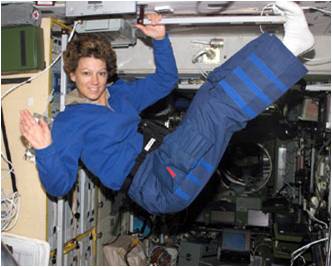
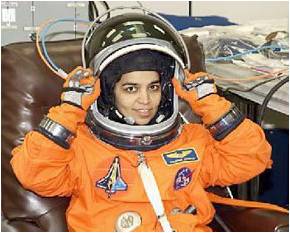
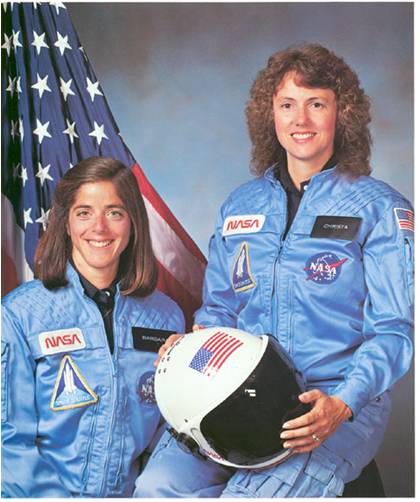
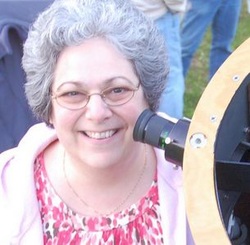








 RSS Feed
RSS Feed